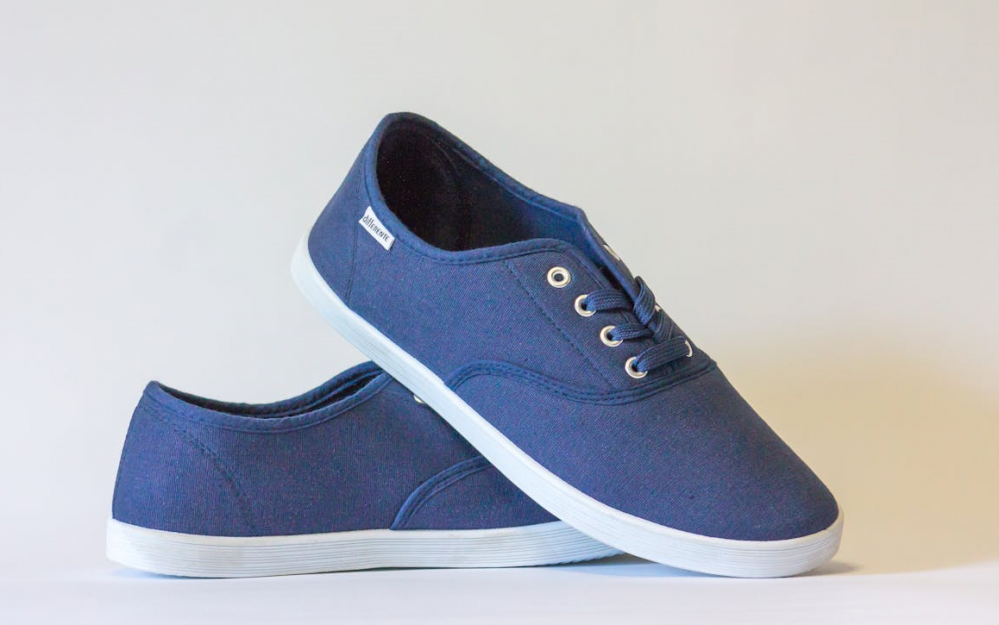How to Source and Ship Shoes from China
Why Source Shoes from China?
Cost Advantage
- Low labor costs and efficient supply chains.
- Government support further reduces costs.
Product Diversity
- Wide range of styles and quality levels.
- Eco-friendly and smart shoes available.
Supply Capability
- Large-scale production with stable quality.
- Strong industry clusters ensure timely supply.
I. Pre-Import Market Research & Supplier Selection
1. Define Your Target Market & Product Focus
Product Segmentation:
Align your inventory with regional demand:
- Casual & Athletic: Sneakers, running shoes, hiking boots (e.g., waterproof GORE-TEX models).
- Functional & Safety: Work boots (CE-certified for electrical hazard protection), children’s orthopedic shoes.
- Fashion & Luxury: Designer heels, vegan leather sandals, limited-edition collaborations.
- Similar to wholesale shoes procurement, prioritize niche markets (e.g., eco-friendly materials) to avoid oversaturation.
2. How to Choose the Trustworthy Shoe Supplier?
Sourcing Channels:
Offline Markets:
Guangzhou Buyun Shoe City: Asia’s largest footwear hub, offering OEM/ODM services for bulk orders (MOQ 50 pairs).
Wenzhou Shoe Industrial Park: Renowned for premium leather shoes, with factories supporting small-batch customization (MOQ 100 pairs). Attend the Wenzhou Shoe Expo (April/October) for direct factory access.
Online Platforms:
Online Platforms:
Search "wholesale shoes" on Alibaba to filter suppliers by region (e.g., Fujian for athletic shoes) and certifications (BSCI, SEDEX). Use RFQ tools to compare quotes from 3-5 vendors.
Industry Associations:
The China Leather Industry Association provides a directory of "Certified Export-Oriented Factories" compliant with international standards (e.g., REACH, CPSIA).
II. Procurement Process Optimization
1. Negotiation & Cost Control
Technical Specification Sheets:
Provide detailed parameters:
- Sneakers: Upper material (mesh/leather), midsole cushioning (EVA/air sole), size distribution (36-44).
- Leather Shoes: Cowhide grade (full grain/split), heel height (3cm/5cm), custom packaging (branded shoeboxes).
- For wholesale shoes, negotiate tiered pricing: $15/pair for 500-1,000 units, $13/pair for 1,000-2,000 units, with free shipping for orders over 2,000 pairs.
Negotiation Strategies:
- Bundle Orders: Combine footwear categories (e.g., sneakers + sandals) to secure freight discounts.
- Payment Terms: Start with 30% T/T deposit + 70% against B/L; negotiate 60-day credit terms for repeat orders.
2. Contractual Safeguards
Key Clauses:
- Quality Penalties: Enforce AQL 2.5 sampling; suppliers must cover return costs for defects exceeding 5%.
- Delivery Deadlines: Impose 1% daily penalties for delays, with production schedules shared weekly.
- IP Protection: Prohibit suppliers from reproducing custom designs or logos without written consent.
Documentation:Archive samples, factory audit reports, and correspondence for dispute resolution.
III. Logistics & Shipping Strategies
1. Transport Mode Selection
Full Container Load (FCL):
Less-Than-Container Load (LCL):
Air Freight/Courier:
2. Logistics Partner Selection
Freight Forwarder Criteria:
- Industry Expertise: Choose an experienced freight forwarder
- Value-Added Services: Opt for "door-to-door" providers offering sea freight insurance (0.3%-1% of cargo value) and customs brokerage.
Packaging Standards:
Use 5-ply corrugated cartons (compression strength ≥500kg), moisture-proof PE liners, and barcoded labels for easy warehouse scanning.
Need reliable logistics? Presou Logistics offers seamless one-stop services from pickup to delivery, with customs handling included. Our extensive network across major Chinese ports and global partners ensures your shipments are in the best hands.
IV. Customs Compliance & Regulatory Adherence
1. Documentation Requirements
Core Documents:
- Commercial Invoice: List HS codes (e.g., 64034000 for leather shoes), unit prices, and quantities.
- Bill of Lading: Ensure consignee details match customs records.
- COO: Submit China-ASEAN Form E for tariff reductions under RCEP.
Regional Certifications:
- EU: REACH SVHC testing for chemical substances.
- Middle East: Halal certification for animal leather products.
- US: CPC certification for children’s shoes (ASTM F963).
2. Regulatory Pitfalls to Avoid
· Tariff Optimization:Leverage free trade agreements (e.g., RCEP) to reduce duties. Verify raw material origins (e.g., leather from member countries).
· Labeling Laws:Comply with local mandates (e.g., French size charts, Canadian bilingual labeling) to avoid customs delays.
V. Post-Import Sales & After-Sales Support
1. Marketing & Distribution
Localized Campaigns:
- Europe/US: Highlight "Made in China" cost advantages (e.g., "15% cheaper than Vietnamese equivalents").
- Middle East: Launch Ramadan gift sets (dress shoes + slippers) with Arabic branding.
- Social Proof: Partner with outdoor influencers for product reviews (e.g., hiking boot durability tests)
2. Customer Retention
- Return Policies:Offer 7-day hassle-free returns (unopened items), covering initial shipping costs. Provide 1% free replacements for bulk buyers.
- Traceability:Embed QR codes in packaging linking to factory profiles, material tests, and quality reports for transparency.
Conclusion
Importing wholesale shoes from China demands a strategic blend of market insight, supplier due diligence, and logistical precision. Start with small test orders (500-1,000 pairs) to validate suppliers, then scale operations while leveraging China’s cost advantages and manufacturing prowess. By focusing on quality control, compliance, and localized marketing, you can build a profitable footwear business that thrives in the global marketplace.
 English
English 简体中文
简体中文 繁體中文
繁體中文 Afrikaans
Afrikaans አማርኛ
አማርኛ Español
Español العربية
العربية Français
Français Dansk
Dansk Български
Български Беларуская мова
Беларуская мова বাংলা
বাংলা Português
Português Русский
Русский Afsoomaali
Afsoomaali فارسی
فارسی Türkçe
Türkçe كوردی
كوردی Deutsch
Deutsch 日本語
日本語 ไทย
ไทย Tiếng Việt
Tiếng Việt Italiano
Italiano עִבְרִית
עִבְרִית 한국어
한국어 Română
Română Nederlands
Nederlands Bahasa Indonesia
Bahasa Indonesia Shona
Shona



